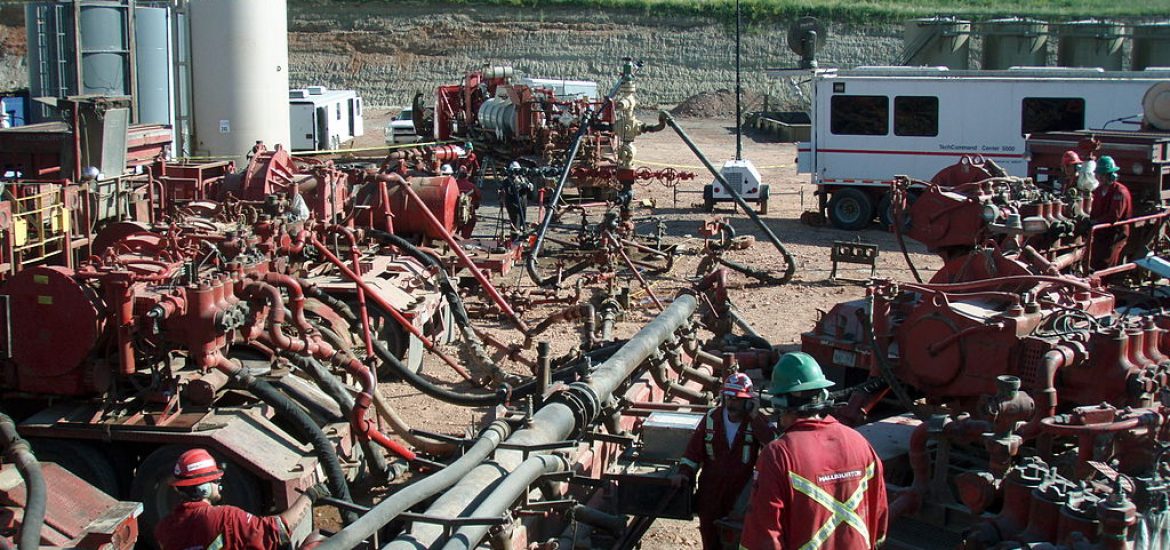
The international oil benchmark, Brent crude, measured its best weekly gain in more than two years, as a lively economy in the US helped oil markets recover slightly from recent price slumps.
US crude prices fell by 40 per cent at the end of last year.
The US has unexpectedly become the world’s fastest-growing supplier of new oil production, largely on the back of its environmentally ruinous shale production, that is disrupting Opec’s grip on world oil markets.
Brent rose 9.3 per cent during the week for its best seven days since December 2016. The US stock market reported a healthy jobs market and benign interest rates were forecast by the Federal Reserve. Production from Saudi Arabia and Libya fell, reducing an oversupply issue, where exporters overcompensating for the impact of Donald Trump’s oil and gas sanctions on Iran only for eight major exceptions to be issued as the measures were released on November 4.
Of the 10.3 million barrels per day (bpd) of new oil production since 2008, US producers supplied 6.2 million bpd – or 60 per cent. The other two largest oil producers also saw their output increase. Saudi Arabia’s production increased by 1.7 million bpd and Russia rose by 1.2 million bpd since 2008.
The increase in US output subjected Opec to pressure to either reduce its production to maintain prices or defend its market share.
Independent from oil supply issues, is the key factory affecting fuel prices: economic growth.
“The economy in many ways looks strong and that should be good for demand,” Michael Lynch of Strategic Energy and Economic Research in Massachusetts, told the media. “You’re getting some people buying back in, as they look out and decide the market has gotten oversold.”
An oil refinery seizure and adverse weather cut Libyan exports and a reduction in Saudi Arabia’s production have also pushed up prices.
“Underpinning this wave of buying is mounting evidence that Saudi Arabia has taken an axe to its oil production,” said Stephen Brennock of PVM Oil Associates.
The Brent price settled at US$57.06 at the end of the week.
US refineries operated at 97.2-per-cent of their capacity, consuming the most crude at this time of year ever. Data has been collected since 1989.
“That could be a sign the refiners expect pretty strong consumer demand as we move forward,” Thummel said.
US shale oil. Picture credit: Wikimedia





